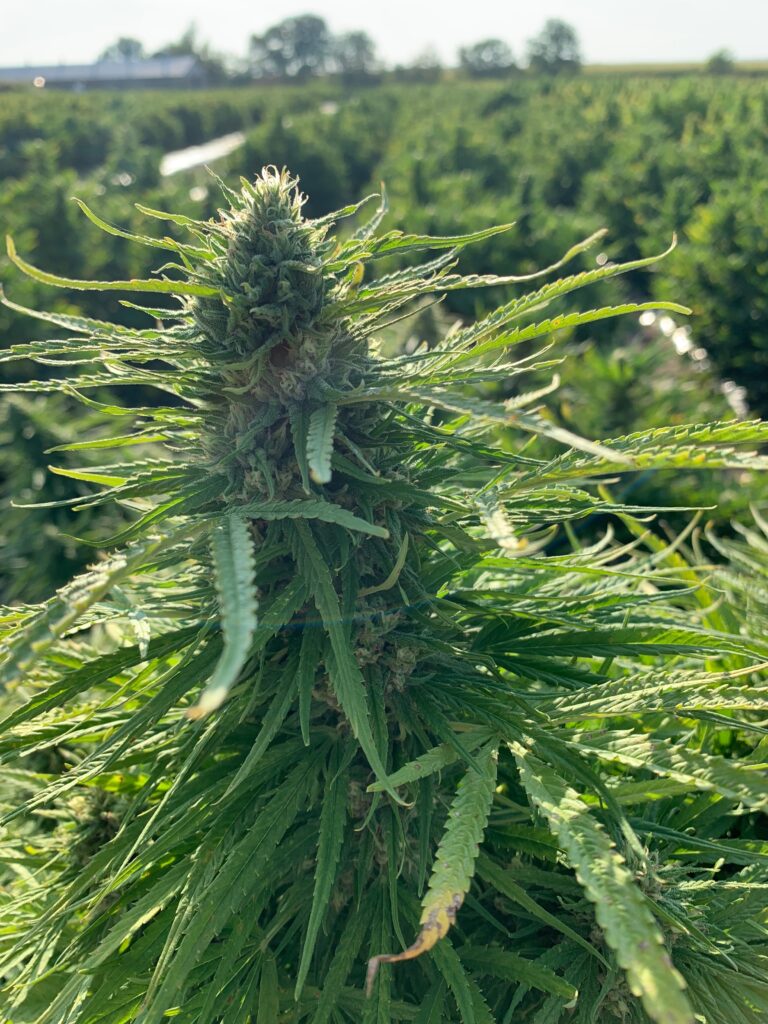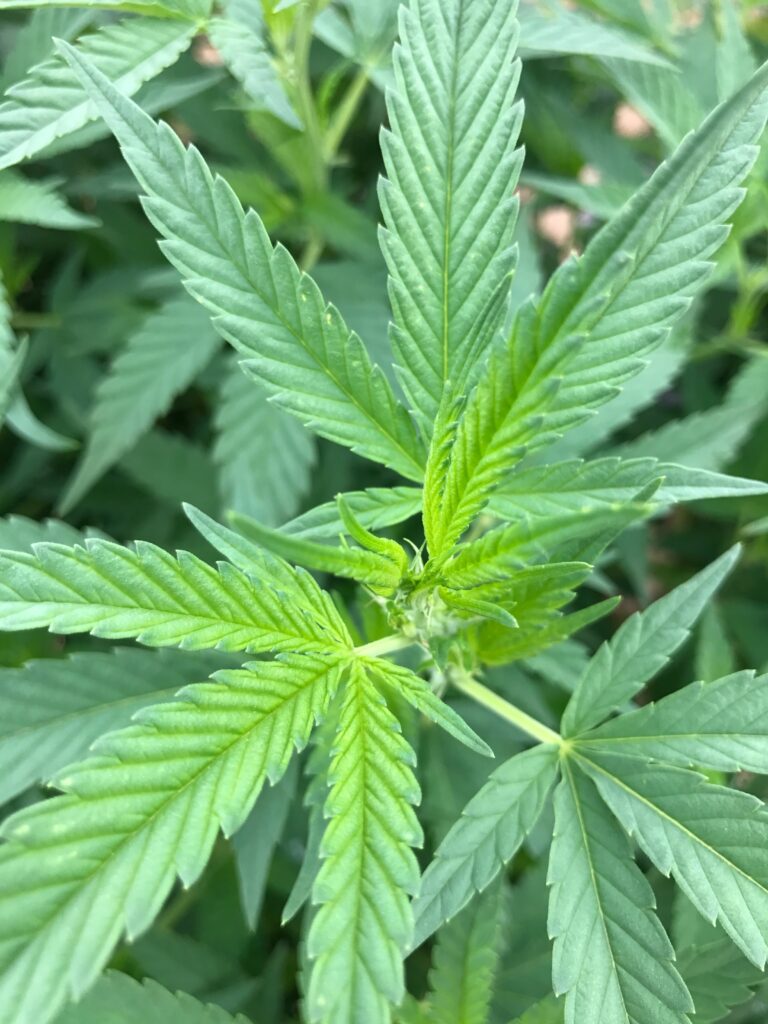On CBD, Parachutes and Evidence
Cannabis products, whether classified as marijuana or industrial hemp, are increasingly being recognized as effective front-line treatments for a range of health issues rooted in pain and inflammation. Physicians and medical experts such as Sanjay Gupta, M.D., have weighed in, and the news so far is positive. Many in the health and medical world are accepting sincere and legitimate firsthand and anecdotal reports on cannabis as evidence. Just as people consider parachutes effective to prolong life in skydivers without well-designed clinical trials,1 it may be the widespread use and perceived safety and efficacy for cannabidiol (CBD) that serve as the strongest type of evidence for its approval.

For those who need studies and expert medical opinions, they’re available, too. It seems like ages ago, but in 2017, the Institutes of Medicine (IOM) report “The Health Effects of Cannabis and Cannabinoids: The Current State of Evidence and Recommendations for Research,” stated in no uncertain terms that cannabis provides effective pain relief. The report also said the benefits of controlled and responsible use of cannabis to support pain and inflammatory conditions is likely to outweigh potential risks.
That was before 2018, when CBD really hit the market.
It’s hard to believe that only a couple years ago, hemp was dominated mostly by people wearing clothes made of the plant. (Which is just fine; hemp is more sustainable than cotton).2 But today the hemp industry includes farmers in jeans and businessmen in suits. And entering the market now, while it still requires all the hustle of before (maybe more), is a bit late to the game. Aided by state-run marijuana markets, marijuana-derived CBD grew to a US$176 million market in 2017, while hemp-derived CBD contributed another $291 million, according to the Brightfield Group. The CBD market is also estimated to increase another 40 times (yes, by 4,000 percent) by 2022.
What can explain this ridiculous amount of growth? Among other reasons, CBD appears to be one of the few ingredients in the category of safe, effective “anti- inflammatory adaptogens” that people can feel, and that can impact everyday life in a meaningful and positive way. Case in point: In a July 2017 consumer survey from the Brightfield Group, of 2,400 CBD users, 80 percent rated the substance “very effective” or “extremely effective” for anxiety, joint pain, insomnia and depression.

More great news is several brands appear to be producing high-quality, safe and effective hemp CBD products, in the absence of federal or state regulation. For a natural product that is so unregulated, serious safety issues have hardly been reported—a considerable “stress test” in real time. In 2018, at least one firm—CV Sciences— announced the determination that its hemp-based CBD products meet the FDA requirement of GRAS (generally recognized as safe), which is considered one of the last hurdles to full legalization.
In December 2018, FDA approved the GRAS assessment of hemp seeds, seed oil and protein, which coincidentally are permitted to contain trace levels of CBD. The findings of excellent safety for CBD are consistent with the published literature that includes more than 70 studies on various forms and sources of CBD, whether as a drug substance, purified chemical or a hemp extract.3 CBD also appears to have none of the addictive, psychoactive side effects of tetrahydrocannabinol (THC)—in fact, it is known to counteract the “high” of THC.
Not everyone is so positive about the growth of CBD. A January 2019 report by the National Law Review stated some hurdles for the industry ahead, including an expected public meeting with FDA, and guidance from FDA, USDA and DOJ. It is likely firms that market CBD and can vouch for its safety and quality will have the upper hand in the soon-to-be-regulated CBD world.
Another interesting finding from the Brightfield Group consumer
survey is a sentiment echoed by many:
Hemp CBD is not even the most effective type of cannabis.

Many believe marijuana-derived CBD, typically with a small but measurable amount of THC, is often considered more effective than hemp-derived CBD, which typically contains only traces of THC. Years of studies on cannabis-derived drugs suggest a combination of CBD and THC may be more effective for some medical conditions than either compound on its own4—one of the first examples of the “entourage effect” considered more fact than myth. Yet for many people, hemp CBD, including more purified forms without measurable THC or terpenes, works fine, often better than nonsteroidal anti-inflammatory drugs (NSAIDS) and narcotic painkillers. The power of cannabis, like the parachute, is self-evident to those who are sure of what they are feeling.
More observations and data must be generated, as always. The Harvard Health Blognoted CBD can cause nausea, fatigue and irritability. It may also theoretically interfere with drug metabolism in a similar fashion as grapefruit juice, but more studies need to be done to understand if animal study findings at mega-doses can be replicated in humans at human doses. Research also hasn’t determined what dosages of CBD work for what health application and for whom. Despite many millions of servings of CBD being consumed, and a lot of anecdotal evidence, clinical study data is limited on the types commonly found on the market, such as crude extracts from hemp and marijuana containing CBD.
Just because parachutes are accepted as effective does not mean anyone should be allowed to make and use them as they want. One musn’t forget the recent lessons of asbestos in baby powder and virulent E. coli in wheat flour—safe and effective products don’t just happen. They require a lot of work that stands up to the closest scrutiny. But at least for now, CBD appears to be low on FDA’s priority list of public health hazards. This could change if the continued lack of regulation coupled with industry growth permits a similar crisis in product safety.

Now is the time to develop the appropriate science, substantiation and regulations for CBD aligned with similar products, including dietary supplements. It is true the anticipation of economic growth and sustainable agriculture spurred by an integrated U.S.-based hemp industry is yet to be realized. But it’s also true millions of Americans have now leaped to CBD with limited evidence, and they have landed on their feet.
This article was first published in “CBD Opportunity”, Natural Products Insider, special issue, January 2019.